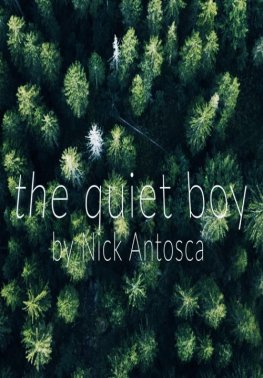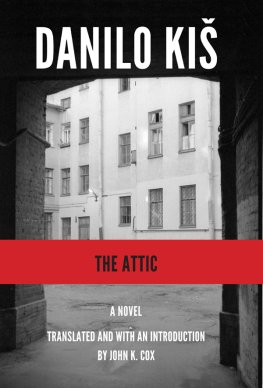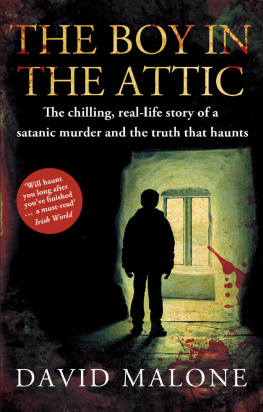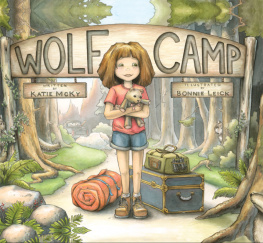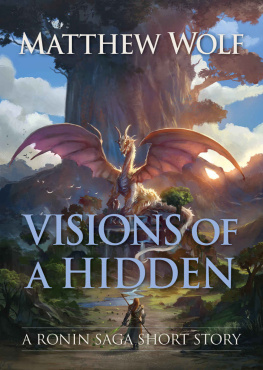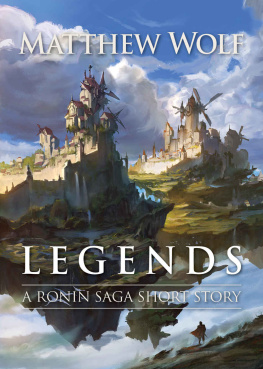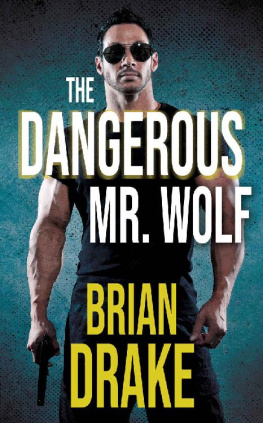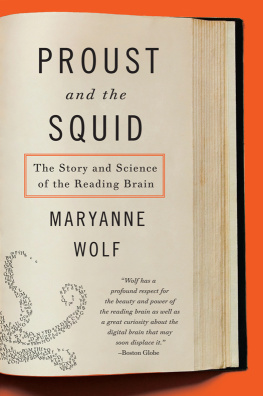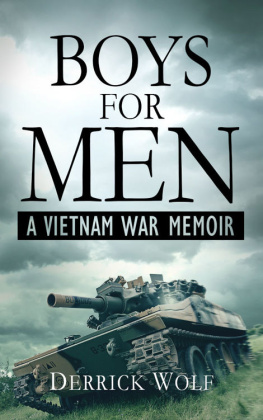Sophia Richman - A Wolf in the Attic: The Legacy of a Hidden Child of the Holocaust
Here you can read online Sophia Richman - A Wolf in the Attic: The Legacy of a Hidden Child of the Holocaust full text of the book (entire story) in english for free. Download pdf and epub, get meaning, cover and reviews about this ebook. year: 2012, publisher: Routledge, genre: Non-fiction. Description of the work, (preface) as well as reviews are available. Best literature library LitArk.com created for fans of good reading and offers a wide selection of genres:
Romance novel
Science fiction
Adventure
Detective
Science
History
Home and family
Prose
Art
Politics
Computer
Non-fiction
Religion
Business
Children
Humor
Choose a favorite category and find really read worthwhile books. Enjoy immersion in the world of imagination, feel the emotions of the characters or learn something new for yourself, make an fascinating discovery.

- Book:A Wolf in the Attic: The Legacy of a Hidden Child of the Holocaust
- Author:
- Publisher:Routledge
- Genre:
- Year:2012
- Rating:4 / 5
- Favourites:Add to favourites
- Your mark:
A Wolf in the Attic: The Legacy of a Hidden Child of the Holocaust: summary, description and annotation
We offer to read an annotation, description, summary or preface (depends on what the author of the book "A Wolf in the Attic: The Legacy of a Hidden Child of the Holocaust" wrote himself). If you haven't found the necessary information about the book — write in the comments, we will try to find it.
One cannot mourn what one doesnt acknowledge, and one cannot heal if one does not mourn . . .
A Wolf in the Attic is a powerful memoir written by a psychoanalyst who was a hidden child in Poland during World War II. Her story, in addition to its immediate impact, illustrates her struggle to come to terms with the powerful yet sometimes subtle impact of childhood trauma.
In the authors words: As a very young child I experienced the Holocaust in a way that made it almost impossible to integrate and make sense of the experience. For me, there was no life before the war, no secure early childhood to hold in mind, no context in which to place what was happening to me and around me. The Holocaust was in the air that I breathed daily for the first four years of my life. I took it in deeply without awareness or critical judgment. I ingested it with the milk I drank from my mothers breast. It had the taste of fear and despair.
Born during the Holocaust in what was once a part of Poland, Sophia Richman spent her early years in hiding in a small village near Lww, the city where she was born. Hidden in plain sight, both she and her mother passed as Christian Poles. Later, her father, who escaped from a concentration camp, found them and hid in their attic until the liberation.
The story of the miraculous survival of this Jewish family is only the beginning of their long journey out of the Holocaust. The war years are followed by migration and displacement as the refugees search for a new homeland. They move from Ukraine to Poland to France and eventually settle in America. A Wolf in the Attic traces the effects of the authors experiences on her role as an American teen, a wife, a mother, and eventually, a psychoanalyst.
A Wolf in the Attic explores the impact of early childhood trauma on the authors:
- education
- career choices
- attitudes toward therapy, both as patient and therapist
- social interactions
- love/family relationships
- parenting style and decisions regarding her daughter
- religious orientation
Sophia Richman: author's other books
Who wrote A Wolf in the Attic: The Legacy of a Hidden Child of the Holocaust? Find out the surname, the name of the author of the book and a list of all author's works by series.

